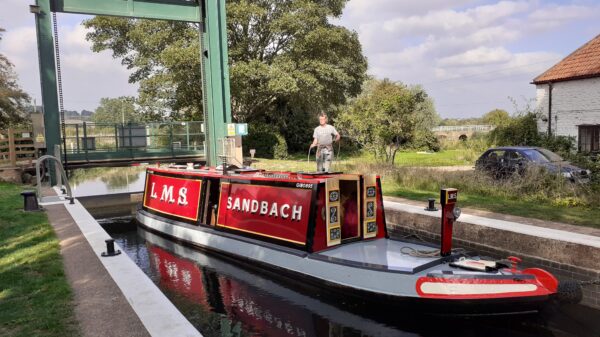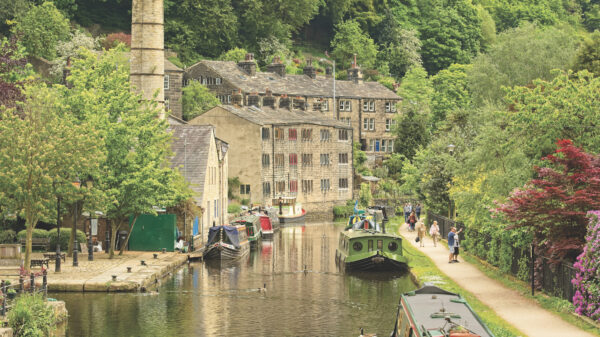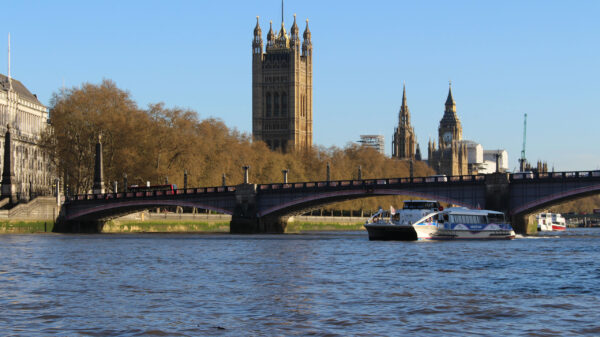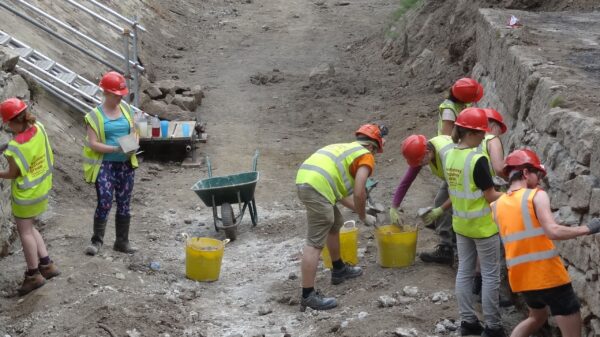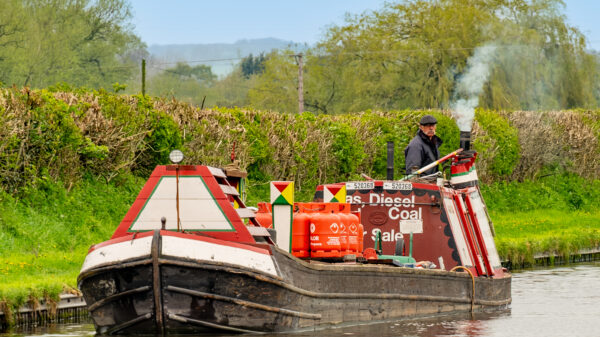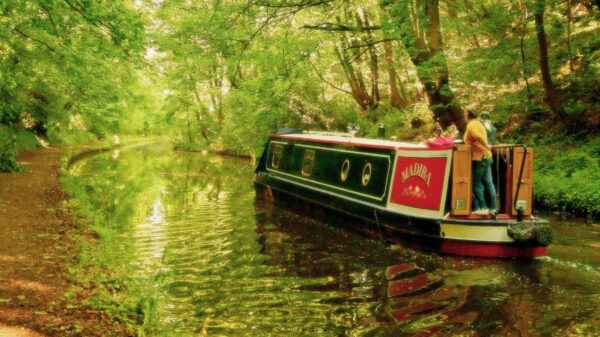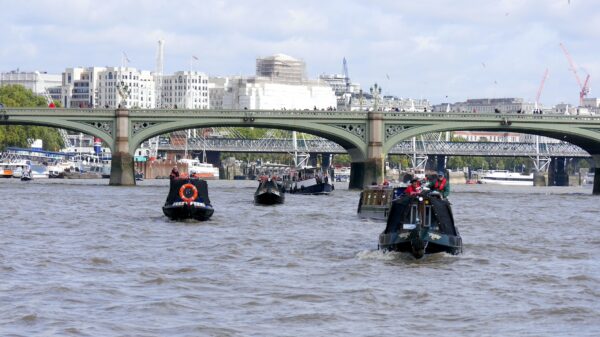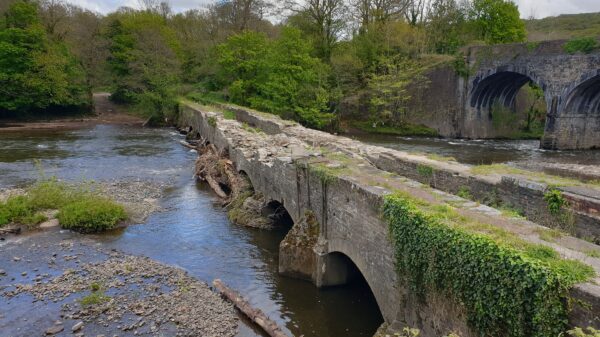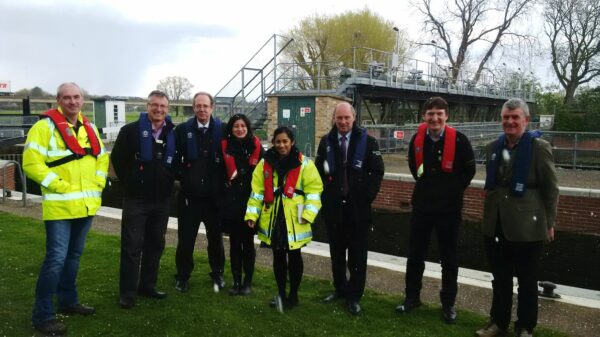HS2: Bridgewater Canal
HS2: Bridgewater Canal
The Bridgewater Canal is a heritage asset of national importance, being the first major canal built in England by the pioneering engineer James Brindley, which played a significant part in enabling the industrial revolution. This section of the canal was completed by 1769 and its bridges, aqueducts, warehouses and other structures remain largely as built.
HS2 crosses the Bridgewater Canal at a skew angle at Agden, directly over the boat moorings of Lymm Cruising Club. These line the south side of the canal adjoining Warrington Lane, extending northeast from Spring Lane Bridge to Lymm Marina and the boat repair and service premises of Hesford Marine. The canal environment, the canal and towpath users, and the boat moorings here will all be badly affected by both the construction and operation of HS2. As elsewhere, the canal boat moorings are used residentially for various periods of time and should therefore be afforded at least the same degree of noise mitigation as for residential properties.
The adjacent embankments appear to be shown on the plans with false cuttings providing some screening and noise protection. There is also a 2m noise fence barrier shown between Lymm Road and the canal but only on the east side of the embankment. However, it is not clear what the “noise related engineering features” across the Bridgewater Canal Underbridge as shown on the Operational Noise Contour map actually refer to. To protect canal boat and towpath users there should be noise fencing across the bridge on both sides and this needs to extend onto both embankments to avoid sound spillage around the ends of the fences. The inadequacy of the present proposals is shown by the ‘bulge’ in the noise contour colours around the canal underbridge, with the Bridgewater Canal close to the bridge subject to levels in the ‘red’ zone of significant effect.
The Bridgewater Canal is a broad waterway and its dimensional standards as built should be maintained for both navigation and maintenance, with a minimum headroom at the underbridge of 4m. The design should follow the general design principles proposed by Canal & River Trust and accepted for HS2 Phase 1 canal crossings.
In the construction phase there will be impacts on the canal from the Bridgewater Canal Satellite Compound and the Lymm Road Satellite Compound, and the consecutive programming of the works on the underbridge and embankment means there will be disruption to canal users here over 4 years. Screening of the compounds should be provided to limit the noise nuisance to canal users.
It is estimated that 14 of the moorings will need to be vacated for a significant time for construction to take place and appropriate arrangements should be made and compensation paid for their temporary relocation.
Find out more
HS2 Phase 2B affects 16 inland waterways, both canals and river navigations, in at least 22 locations, including three canal restoration schemes.

